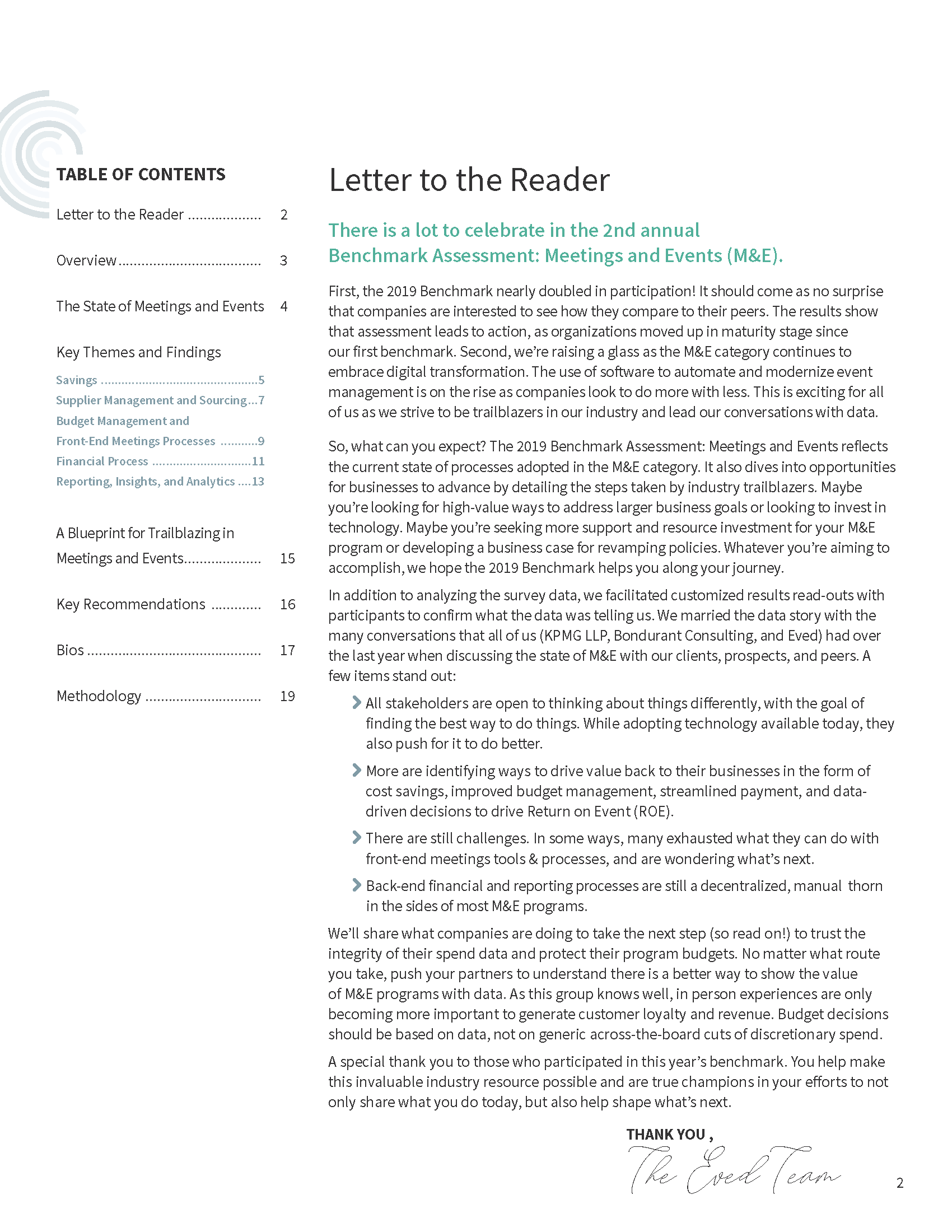
The 3 Main Challenges to Managing Event Spend
Each year, finance and procurement professionals are met with the same challenges and pressures — save money, reduce risk and improve efficiencies. Your meeting and event category may just be the diamond in the rough that can help you achieve significant wins in each of these areas.
Large corporations spend millions of dollars on events each year, but why? Live events are an important marketing channel and a major revenue source. They range from internal meetings to large external conferences and promotions. For as large of a category as events is, it operates shockingly inefficiently. The procuring of services is largely done offline using Excel sheets, with little to no consistency across planning teams or even within teams. The inefficiencies trickle downstream to invoicing, reconciliation and payment, contributing to lack of detailed spend visibility. With a lack of visibility, a lack of cost savings opportunities is inevitable. After all, you can’t leverage spend that you can’t “see.”
But why is this category so challenging to manage? There are three main elements:
· A unique supplier base. A large number of suppliers are required for any size event, many of them one-off instances and potentially located internationally. The high quantity and sporadic vendor usage increases compliance risk — how confident can you be that every supplier is approved? If your payment method is a credit card, that only further increases exposure.
· The dynamic nature of the industry makes it a hard fit for traditional ERP systems. The event category exposes the shortcomings of traditional ERP systems. Traditional ERP systems were built around SKUs, which are not intended for service industries.
· Supplier payment processing. There are a lot of data sources in events — including p-cards, Excel, various supplier systems, project management systems and niche meetings management systems — that prevent companies from seeing collectively where dollars are being spent. Read full post on Spend Matters.
Spend Matters, Eli Lilly & Company and Eved teamed up to discuss how the event category is currently manage. Using technology, Lilly was able to achieve visibility through event category transformation. Check out the full webinar.





Recent Comments